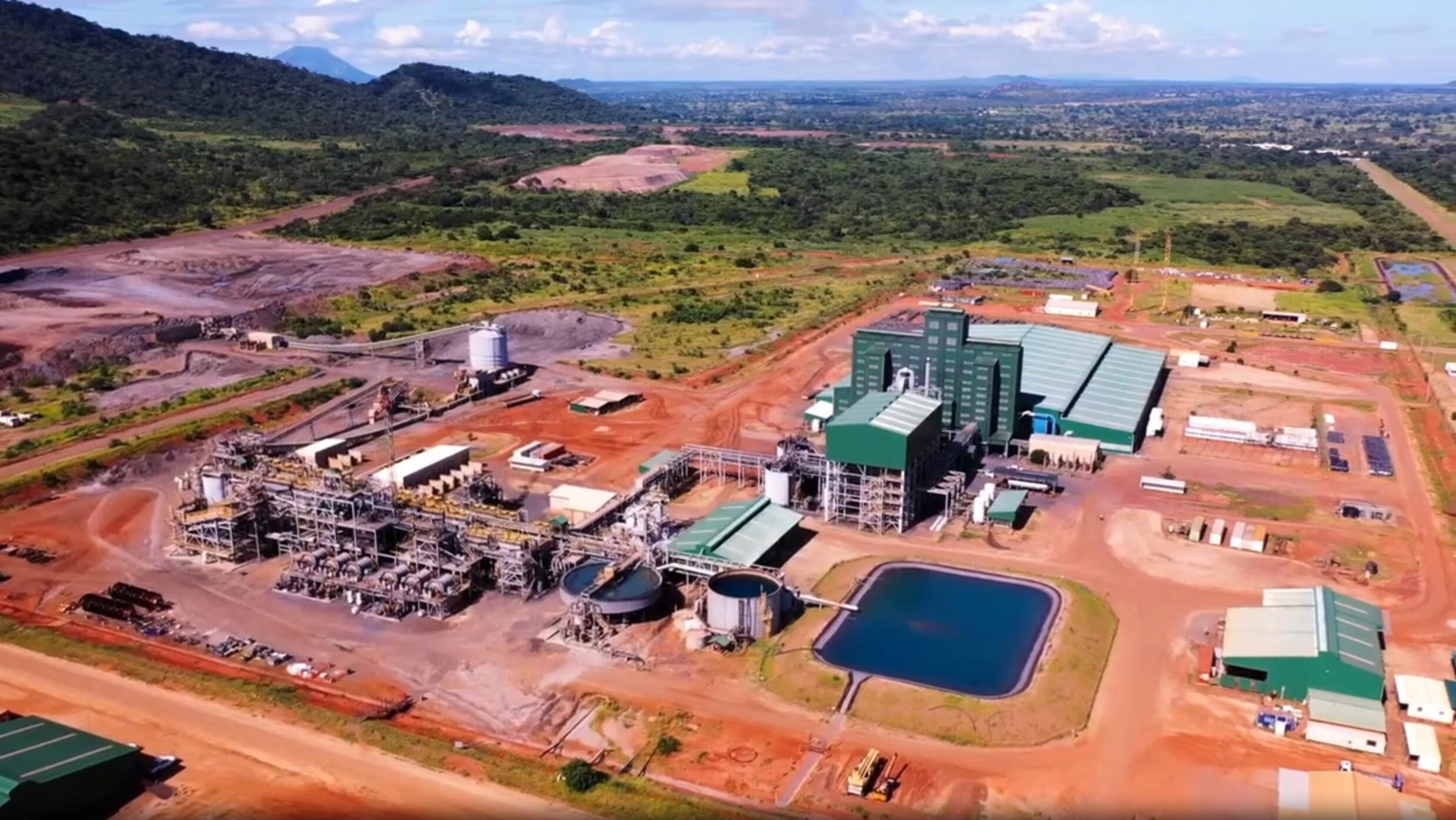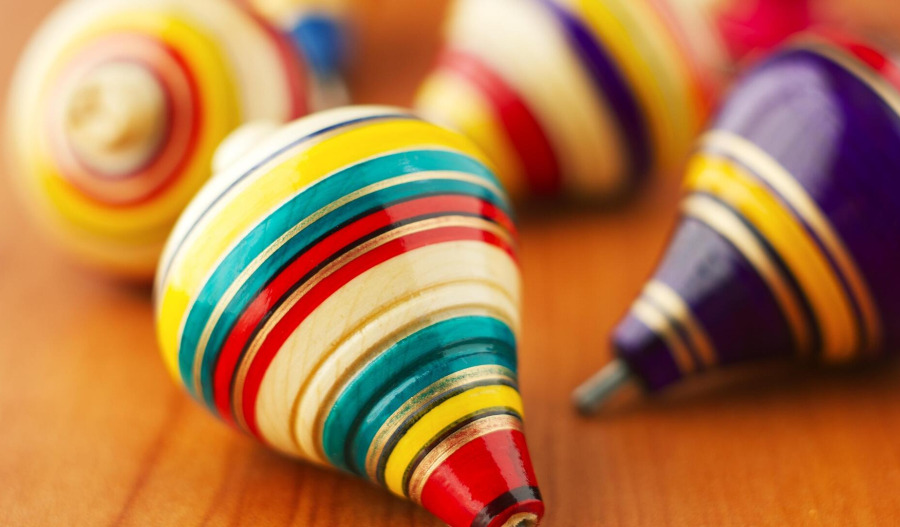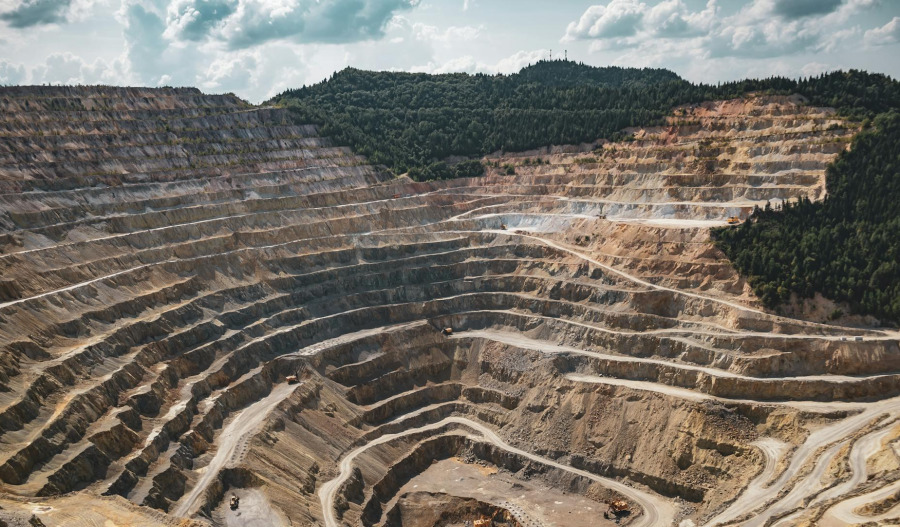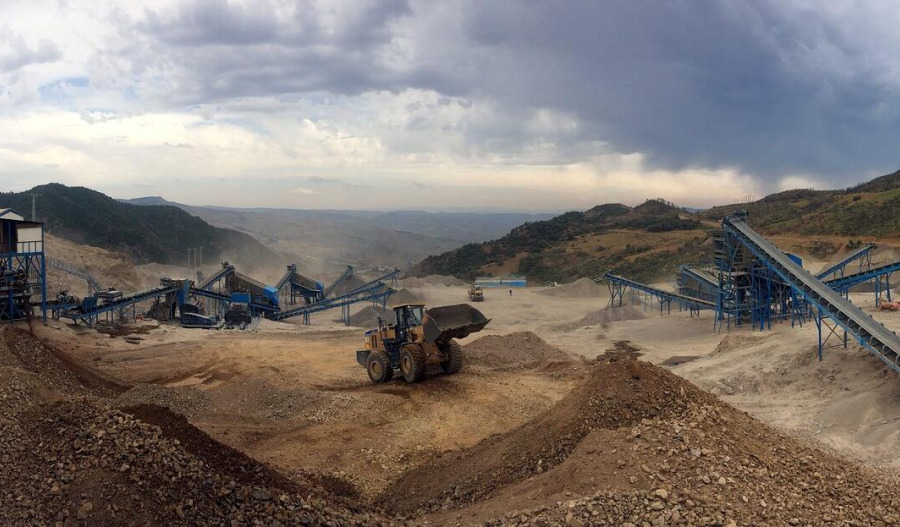While investors clearly objected to the manner in which Syrah Resources (ASX: SYR) decided to raise $70 million last Friday - with the stock being sold down 26% - the share price has recovered some lost ground, up around 6% in late afternoon trading yesterday.
Despite issuing 163.4 million new shares, the stock’s true believers clearly see sufficient upside in Syrah’s long-term graphite story to buy on the dips while they last, despite it being shareholder-decretive.
The whole idea of raising $70 million through both retail and institutional placements is to help make the company’s America’s graphite dreams come true.
Unless you were unaware, graphite is an important ingredient in lithium-ion batteries and North American battery manufacturers are expected to shift procurement away from China in response to cost and geopolitical pressures.
Decoupling from China
What’s helping to make these dreams come true is a 93.5% anti-dumping duty on Chinese natural and synthetic graphite producers in the U.S.
Given that China accounts for more than 40% of graphite imports into the U.S., the new anti-dumping duty represents pennies from heaven for Syrah, which is now recognised as a globally significant supplier of natural graphite and active anode material (AAM).
The anti-dumping duty measure was the result of a consortium of American graphite hopefuls - which, in addition to Syrah, include Novonix (ASX:NVX) - that are attempting to establish their own synthetic and natural graphite-based battery anode material factories in the U.S.
Shares in both Syrah and Novonix went up a little under 20% 18 July after the preliminary determination by the U.S Department of Commerce (DoC), which would make the effective tariff rate on Chinese graphite some 160%.
A final determination on the DoC investigations is now due on December 5.
Trouble at mine
The DoC’s decision on 18 July provided welcome relief for Syrah’s shareholders after civil unrest near its Balama mine in Mozambique last November halted production and triggered default clauses on crucial U.S. government loans.
While the U.S Department of Energy lent US$102 million to Syrah in 2022 to help it build a graphite-processing plant in Louisiana near customers such as Tesla, the U.S. International Development Finance Corporation (IDFC) lent US$150 million to help fund works at the Balama mine.
Both loans were issued to Syrah - one of the few non-Chinese miners of graphite - to bolster investment in the U.S. and counter Beijing’s grip on critical minerals.
While Syrah has not defaulted on any repayments under the loans, the company has been upfront about failure to meet some key output milestones caused by protests at the mine.
As a result of these disruptions, Syrah has struggled to make a profit from graphite mining in Mozambique over the last eight or so years.
As a result, the miner has relied on funding from both U.S. government agencies and AustralianSuper, which holds 32% of the miner’s shares, to remain in business.
The operations at the Balama site have been significantly constrained since late September last year.
But the miner resumed graphite production last June and has benefitted from unfulfilled demand from buyers affected by supply disruptions in the non-China graphite market.
While a surplus of graphite has weighed on prices for years, forcing Syrah to mothball some of its Balama mine, rebounding infrastructure and EV demand, constrained supply, and Chinese export restrictions have led to rising graphite prices in 1Q 2025. Since then, they appear to have stabilised.
Outlook
While the share price is trading at a shadow of the $2.60 it reached in November 2022, the year-to-date rally (up 46%) is encouraging.
Last week Jarden upgraded Syrah Resources to Overweight from Neutral and lifted its target price to 40c from 28c.
These changes are a direct response to anti-dumping and countervailing duties on Chinese AAM imports into the U.S.
The broker expects these durable trade measures - which also apply to AAM within imported battery components - to significantly enhance the competitiveness of Syrah’s US-based Vidalia facility in Louisiana.
The facility produces AAM at unit costs of circa US$5,000–6,000/t versus Chinese landed AAM now priced at over US$8,300/t.
With the duties immediately effective and final determination due by December 2025, Jarden expects the development to boost Vidalia’s commercial momentum.
Equally noteworthy, it's also expected to eliminate Syrah’s pricing disadvantage versus Chinese supply.
The broker sees strategic value in Vidalia’s scalable 45ktpa capacity and latent supply potential from Balama.
Syrah Resources has a market cap of $297 million; the share price is up 20% on one year and down 24% in the last week.
Consensus is Moderate Buy.
This article does not constitute financial or product advice. You should consider independent advice before making financial decisions.



